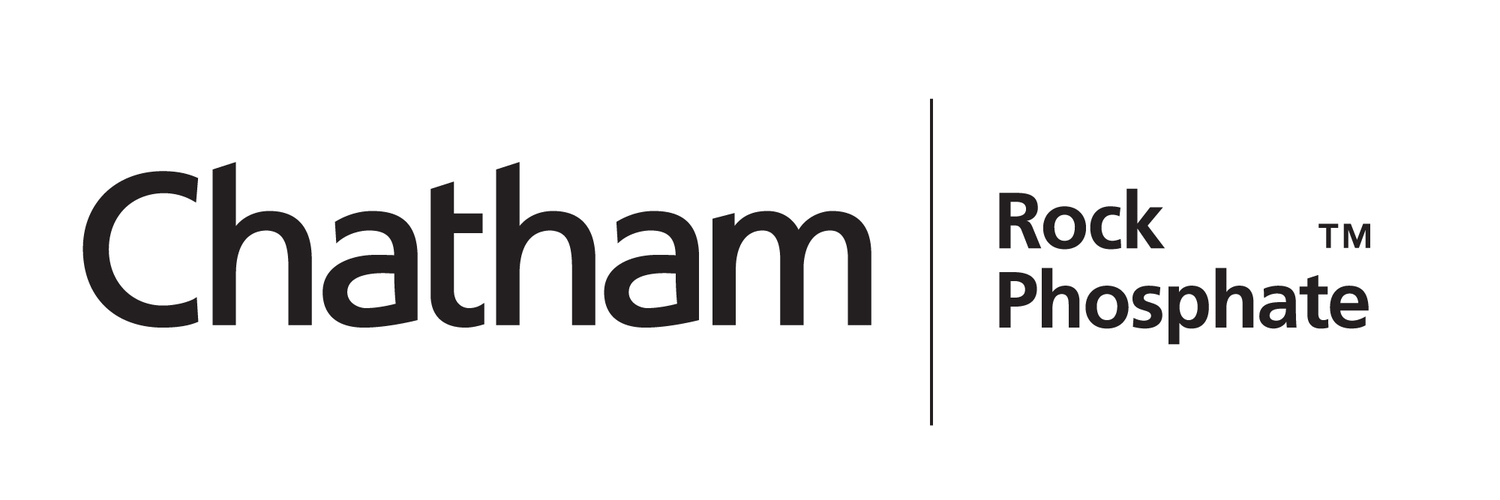Chatham news story in NZ Herald
/The following article appeared in the New Zealand Herald on 13 August. We prepared it in response to an article published on 6 August, by Sanford Managing Director Eric Barratt. We also provide a link to the original Sanford comment.
Seabed mining claims red herrings
By Chris Castle, 5:30 AM Tuesday Aug 13, 2013, Photo / Janna Dixon
Let's get one thing straight. Chatham Rock Phosphate wouldn't be considering extracting phosphate nodules from a tiny fraction - less than 1 per cent - of the Chatham Rise if we thought it was going to have adverse environmental impacts.
Our proposed environmental footprint is minuscule relative to the fishing industry's. But while bottom trawling requires no environmental consents, we need both a mining licence and marine consent, costing millions of dollars and years of research, consultation and official process, and involving full public scrutiny.
We're up for it because we know our proposal is - to borrow Sanford's Eric Barratt's quote in his Herald article - both good for the environment and good for New Zealand's economy.
Like fishing, our industry will be of significant economic benefit. New Zealand will be $900 million richer as a result of our developing this new industry and we'll be generating exports or import substitution of $300 million each year.
Our draft environmental impact assessment (EIA) - involving 30-plus scientific and other reports (produced by Niwa and other independent experts) - has identified no long-term impacts affecting key spawning, juvenile and young fish habitats on the Rise.
In contrast the EIA notes bottom trawling has a significant impact on the environment. Total areas trawled on the Chatham Rise (an area of 188,000km2) were estimated to be 125,744km2 for the 10 years from 1989/90. The annual trawl footprint on the Rise during the 2009/10 fishing year alone was 19,051 km2.
In contrast, Chatham's phosphate extraction means any particular area of the seabed will be affected only once, affecting about 30km2 of seabed each year and about 450km2 over 15 years.
Our operations simply temporarily lift the top 30cm of sandy silt and redeposit 85 per cent of it after extracting the nodules - the net effect on the sea floor is it's lowered by about 5cm. There's no "open pit" as a result of our activities.
The economic value of the phosphate resource is more than 500 times greater on a square kilometre basis than fishing.
Our product is expected to yield $9.1 million per km2. Bottom trawling yields less than $20,000 per km2.
Our extraction process is designed to minimise the environmental impact and includes exclusion zones to protect representative areas of benthic habitat.
The fishing industry has ignored the scientific evidence Chatham has provided about the environmental effects of our proposed operations.
Barratt makes many staggeringly inaccurate claims. Among these is his wild overstatement that our extraction "is the equivalent of a small mountain like Mt Victoria in Wellington every day". The material extracted each day would actually cover a quarter-acre section to a depth of 1.5m.
Nor are our processes untested. All the techniques proposed for our extraction are routinely used in dredging around the world. The only new thing is undertaking this work at 400m.
This project is important to provide fertiliser security for New Zealand's farming industry. Most rock phosphate fertiliser is imported from Morocco. It is high in cadmium, involves high transport costs and has a significant carbon footprint.
Chatham Rise rock phosphate, as an ultra-low cadmium direct-application fertiliser, has also proven to be at least as effective as processed fertilisers while drastically reducing the run-off effects on New Zealand waterways.
Chris Castle is managing director of Chatham Rock Phosphate.
Here is the link to the Sanford article:
http://www.nzherald.co.nz/nz/news/article.cfm?c_id=1&objectid=10908554







 +64 21 5581985
+64 21 5581985 chris@crpl.co.nz
chris@crpl.co.nz PhosphateKing
PhosphateKing